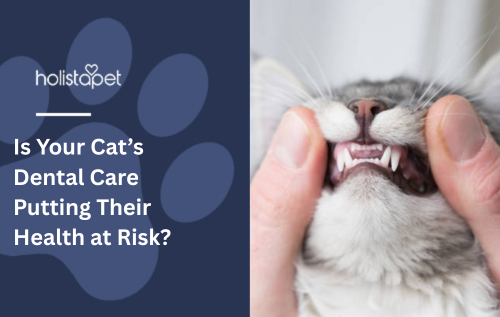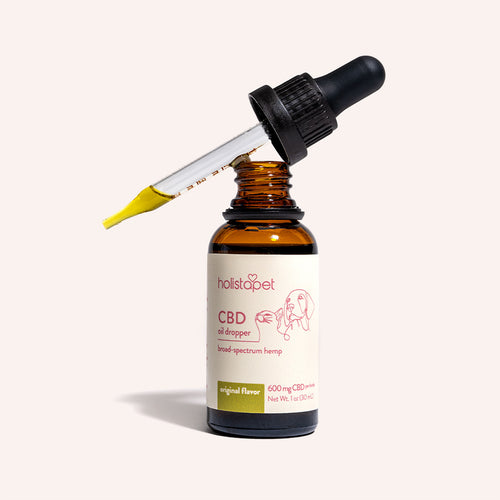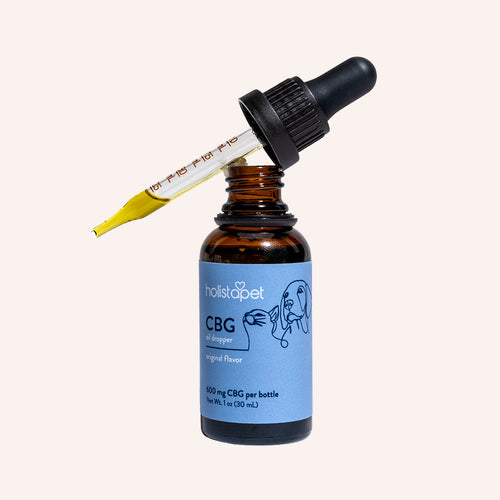Cats may seem low maintenance, but when it comes to dental care, ignoring their teeth can lead to serious health issues. Just like humans, cats need regular oral hygiene to avoid gum disease, tooth loss, and even organ damage. But how do you know if your cat's dental health is in trouble — and what can you do about it?
In this post, we’ll explore everything you need to know about cat dental care, including tips, warning signs, and how to make dental hygiene a regular part of your cat's routine.
Why Cat Dental Care Matters
Feline dental issues are incredibly common — studies show that by age three, over 70% of cats show signs of periodontal disease. Left untreated, bacteria from your cat’s mouth can enter the bloodstream, affecting the heart, kidneys, and liver.
Common problems include:
-
Gingivitis (inflammation of the gums)
-
Periodontitis (infection damaging the gums and bone)
-
Tooth resorption (a painful condition where the tooth breaks down)
-
Bad breath (halitosis)
Proper dental care helps prevent these conditions and improves your cat’s quality of life and lifespan.
Signs Your Cat Has Dental Problems
Watch out for these warning signs:
-
Bad breath
-
Drooling or pawing at the mouth
-
Difficulty eating or chewing
-
Bleeding gums
-
Yellow or brown buildup on teeth
-
Weight loss or behavioral changes
If you notice any of these, it’s time for a vet visit.
How to Care for Your Cat’s Teeth at Home
1. Daily Brushing:
Use a cat-specific toothbrush and toothpaste. Start slow and reward your cat with treats or praise.
2. Dental Treats & Chews:
Some treats are designed to reduce tartar and freshen breath.
3. Water Additives:
Odorless solutions added to drinking water help fight bacteria.
4. Regular Vet Visits:
Annual checkups often include dental exams. Your vet may recommend professional cleaning under anesthesia.
5. Dental Toys:
Chew toys help mechanically clean teeth and massage gums.
Frequently Asked Questions
How often should I brush my cat’s teeth?
Ideally, daily. But even brushing 2–3 times a week can significantly reduce plaque buildup.
Can I use human toothpaste for my cat?
No. Human toothpaste contains ingredients like xylitol or fluoride, which are toxic to cats. Always use cat-safe toothpaste.
What age should I start dental care?
As early as possible — ideally during kittenhood. Starting young helps your cat get used to the process.
Are dental treats enough for oral hygiene?
Dental treats help, but they should complement brushing — not replace it.
How much does a vet dental cleaning cost?
Prices range from $200 to $800, depending on your location and the extent of dental work needed. It often includes anesthesia, x-rays, and extractions if necessary.
Final Thoughts
Cat dental care isn’t just about fresh breath — it’s about preventing pain, infection, and serious health complications. By being proactive, you can avoid costly treatments down the line and give your feline friend a happier, healthier life.
Helpful Note:
Start small. Even rubbing a damp cloth over your cat’s teeth is better than doing nothing. Gradually build up a dental care routine that works for both of you.


 CBD Oil for Cats - Fast Acting
CBD Oil for Cats - Fast Acting
 CBD Cat Treats - Easy Dose
CBD Cat Treats - Easy Dose
 CBD Calming Chews for Cats - Highly Rated
CBD Calming Chews for Cats - Highly Rated
 CBG Oil for Dogs and Cats - Loved by Thousands
CBG Oil for Dogs and Cats - Loved by Thousands





Leave a comment
This site is protected by hCaptcha and the hCaptcha Privacy Policy and Terms of Service apply.